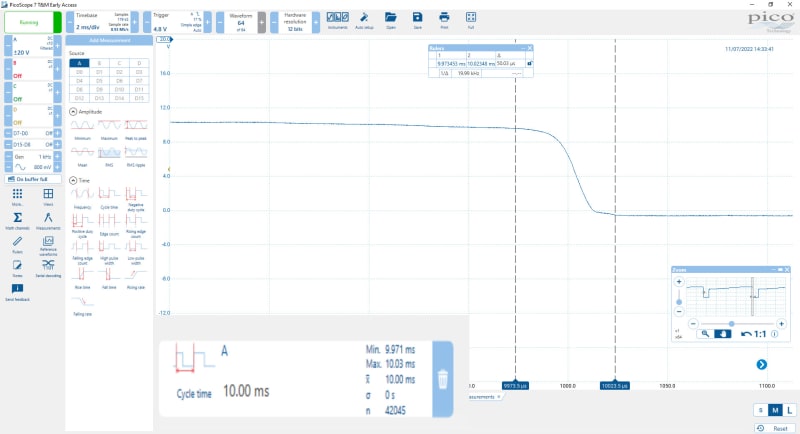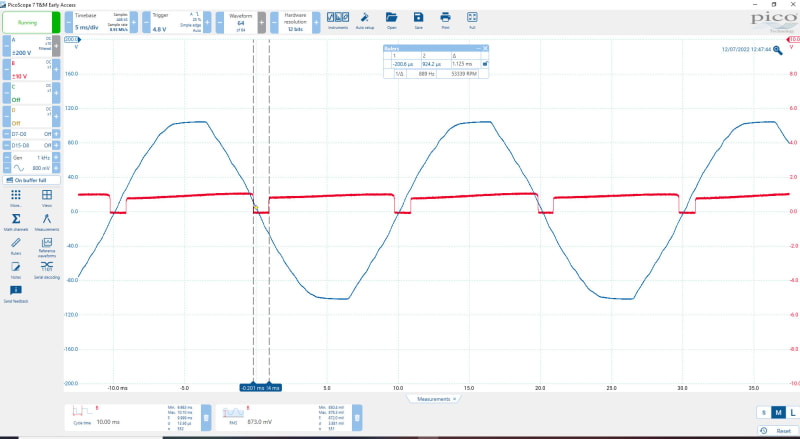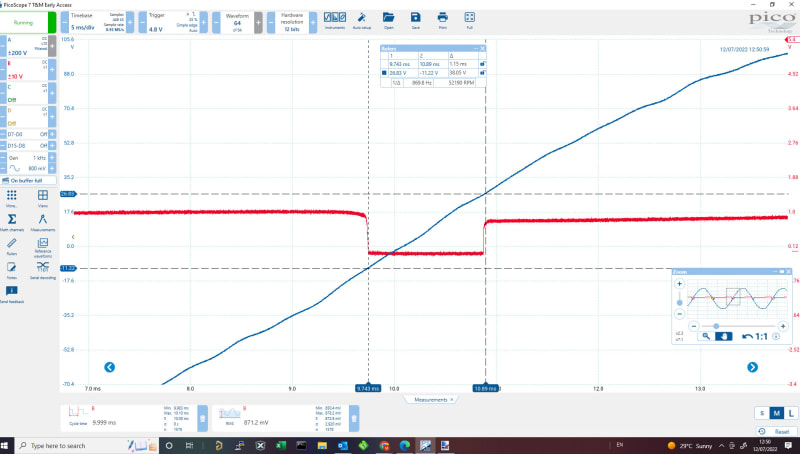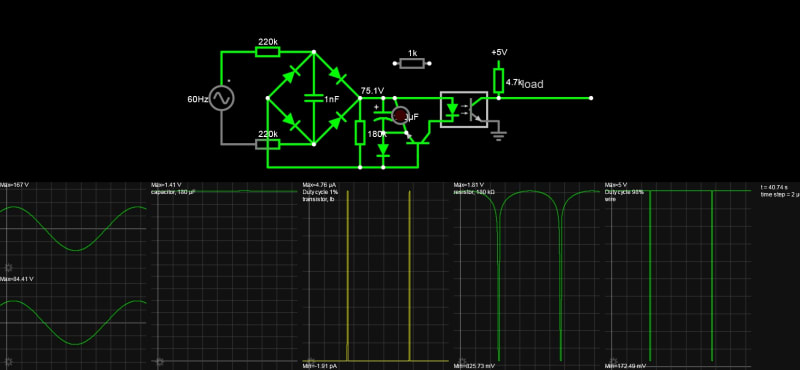Moonwalker031
Electrical
I am using a Triac dimmer for dimming an LED (dimmable) lamp. The zero-cross detector is from a simple transistor on the secondary of the transformer (before smoothing). All works fine except that the LED flickers a bit in the low range. Analyzing on the scope the zero-cross pulses vary in the range of 50us between cycles and this is enough to vary the brightness of the LED lamp at the low voltage ranges.
I have tried this circuit - but still got same error in the pulses.
With incandescent lamp this problem is not visible as the lamp has not enough time to turn off from cycle to cycle.
Is this normal to have such error on mains frequency? And is there any way to solve this?
I have tried this circuit - but still got same error in the pulses.
With incandescent lamp this problem is not visible as the lamp has not enough time to turn off from cycle to cycle.
Is this normal to have such error on mains frequency? And is there any way to solve this?




